
Asteraceae: the Daisy Family
What appears to be a single flower is really a bunch of many smaller flowers, arranged tightly together. Thirty thousand species and counting - many of them look nothing like the daisy in your mind's eye!
Epsom & Ewell Flower Finder
Asteraceae: the Daisy Family
The Dandelion? That is a daisy too. A colourful and showy flower advertises her services to passing pollinators. The fertile parts are usually small, so pretty petals put on a display instead. This adaption ensures that a wide range of creatures notice the plant and spread the pollen efficiently.
HOME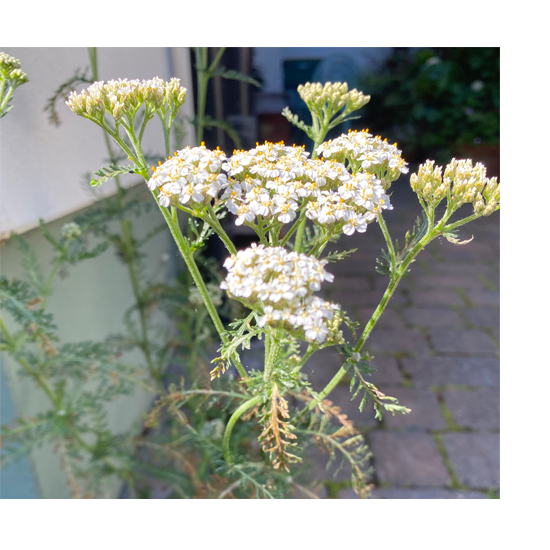
Achillea millefolium
Yarrow, Woundwort, Old Man's Pepper.
Hairy leaves and stems. Plant up to a metre high.

About
A pretty, "must have" for butterfly gardening! The feathery leaves are eaten by larvae of moths, including the v-pug. A popular, mineral-rich fodder crop. Used as a brewing additive in the past.

This is edible - and exploited by First Nation people in Canada and the US as a salad leaf and medicinal tea. BE VERY SURE THAT YOU KNOW WHAT YOU ARE PICKING. It grows very lush in good soil but appears stunted in dry, roadside verges.
RETURN TO LIST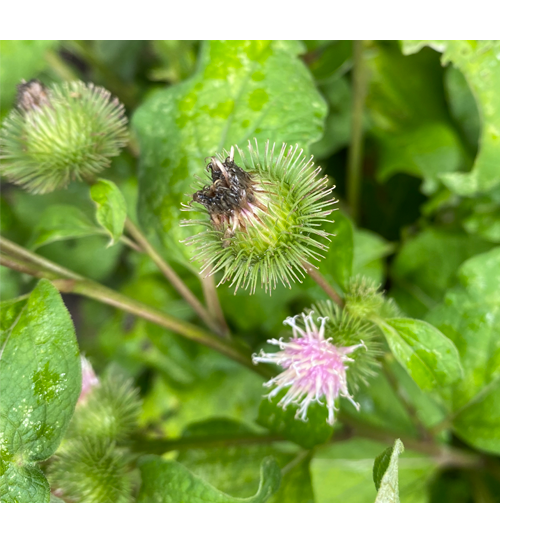
Arctium minus
Lesser Burdock, Cuckoo Button.
Leaves have a woolly underside. Plant up to a 1.8 metres high.
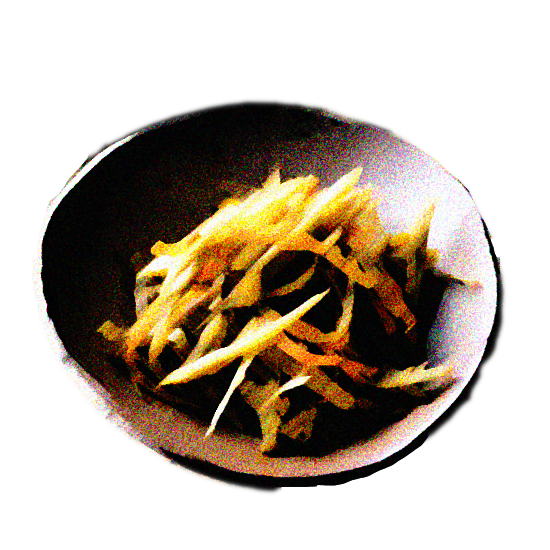
About
Butterflies love the nectar and humans use this plant as food. Kinpira Gobo is a Japanese dish made with shredded burdock root and carrot cooked in sweet soy sauce. CAUTION! Make sure this is what you are picking.
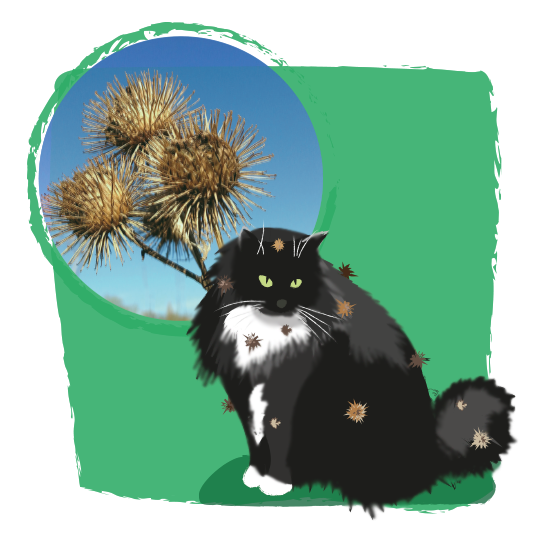
This grows along the River Hogsmill. Our pets, if unlucky enough to encounter this plant, find out why the seed heads inspired the invention of velcro.
RETURN TO LIST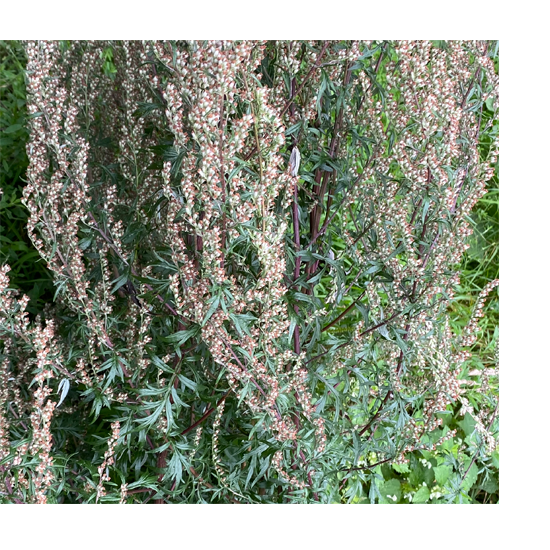
Artemisia vulgaris
Artemis, Mugwort, Sailor's Tobacco.
Leaves have a pale underside. Plant up to a 1.2 metres high.
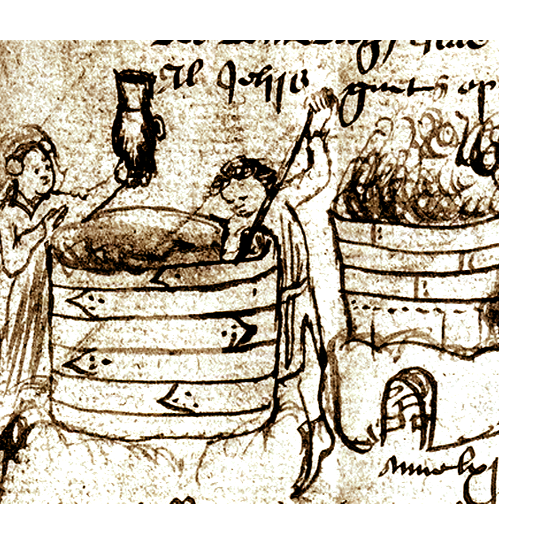
About
"Purl" beer, featured in Samuel Pepys' diary (he mentions drinking at Harpers Tavern, Westminster) and Shakespeare's works, was a drink made from both Sea and Common Artemis. Chinese people drink Artemis as a herbal tea.
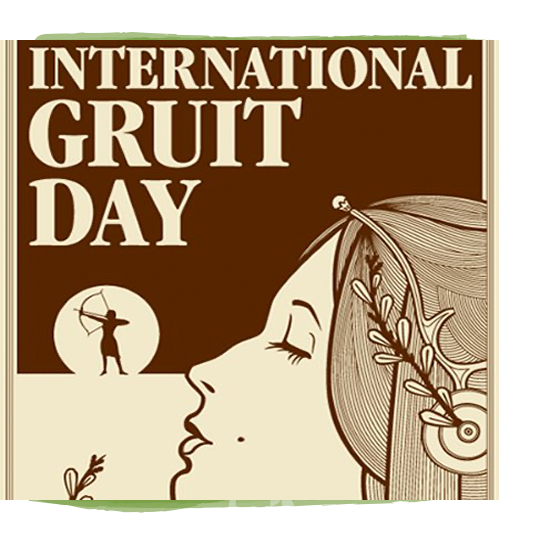
"Gruit", a hop free beer, containing Mugwort, was banned and later regulated during the Protestant Reformation. Possesion of certain herbs was seen as witchcraft. Gruit day is celebrated in Canada.
RETURN TO LIST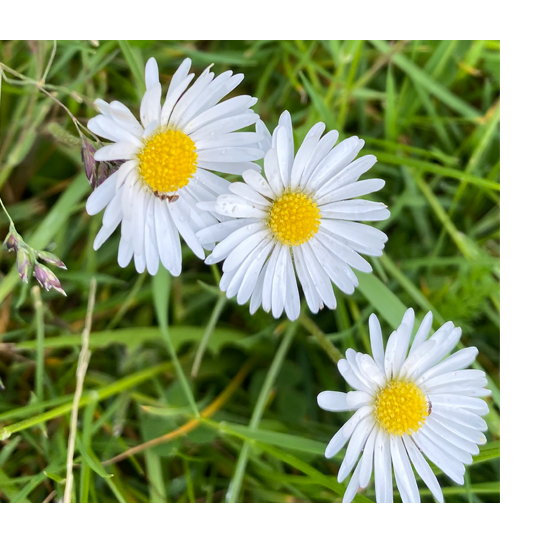
Bellis perennis
Daisy, Bruisewort.
Grows close to the ground. Plant up to 0.12 metre.

About
Part of my bee lawn (with clover) and also on verges throughout the borough - loved by our bees. One time resident, Henry VIII, chewed daisies to ease his peptic ulcers (picture of Nonsuch, Epsom & Ewell History Explorer website).
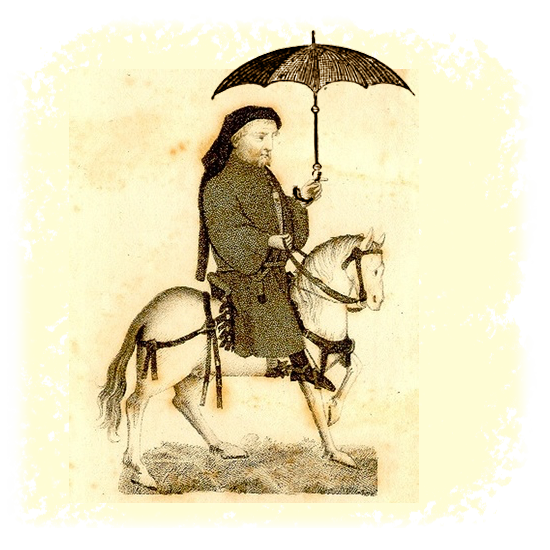
According to Chaucer "That well by reason men it call may The daisie, or els the eye of the day". It is indeed the "day's eye" and can forecast the weather - they close when rain is in the air.
RETURN TO LIST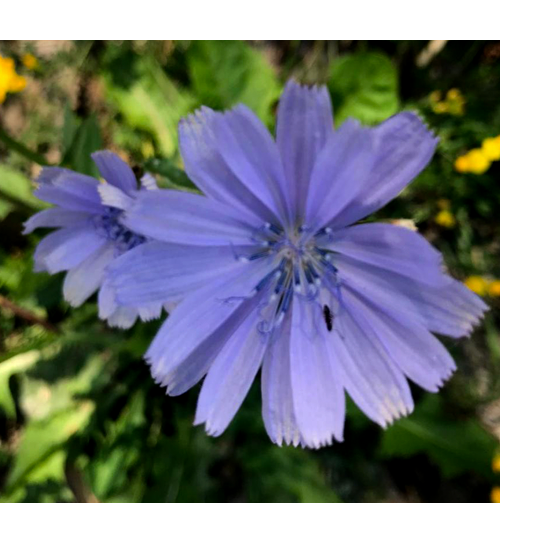
Cichorium intybus
Chicory, Ragged Sailors.
Hairy. Tall, with tough, grooved stems. Plant up to 1.2 metres high.

About
Grown widely as the roasted roots can be used as a coffee substitute (Photo: Museum of Scotland). Bottled coffee essence is used by cooks worldwide! Pretty, self-supporting flower stems; looks great in your bee garden with grasses.

A good, nutritious animal fodder and we can benefit from it too! Used in Albanian cookery to make a spinach sustitute and in Italian cuisine for salads. The main ingredient of Belgian Witloof Bier.
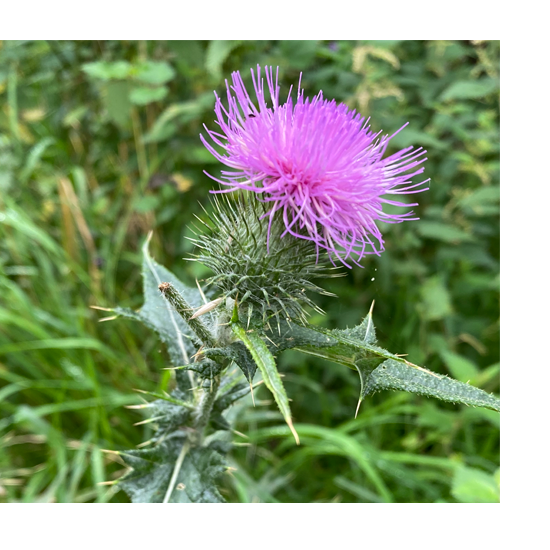
Cirsium vulgare
Spear Thistle, Bull Thistle.
Spiny leaves and hairy stems. Plant up to 1.5 metres high.
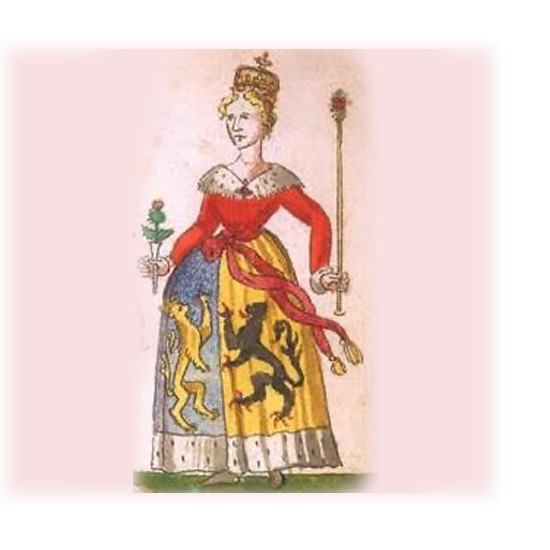
About
Some argue that this is the thistle of Scotland; some disagree. All I can say is how kind it was to present Mary of Guelders, the bride of James II, with this token safely contained in a bud vase.

One of those most useful nectar plants we have! Aside from the nutritious seed and nectar, our wild birds line their nests with the thistledown.
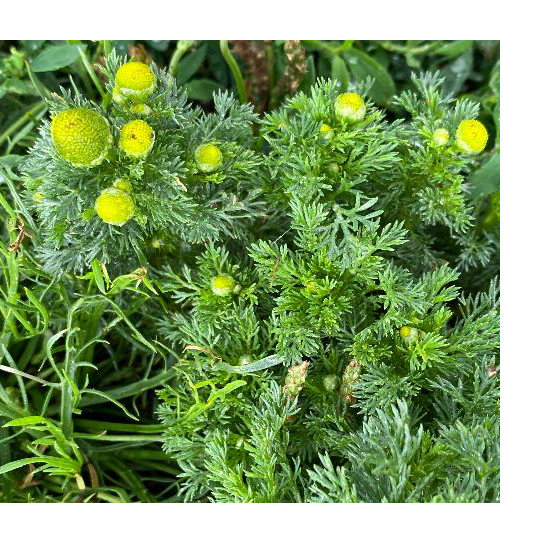
Matricaria discoidea
Pineapple weed, Disc Mayweed.
Hairless leaves. Plant up to 0.35 metre high.
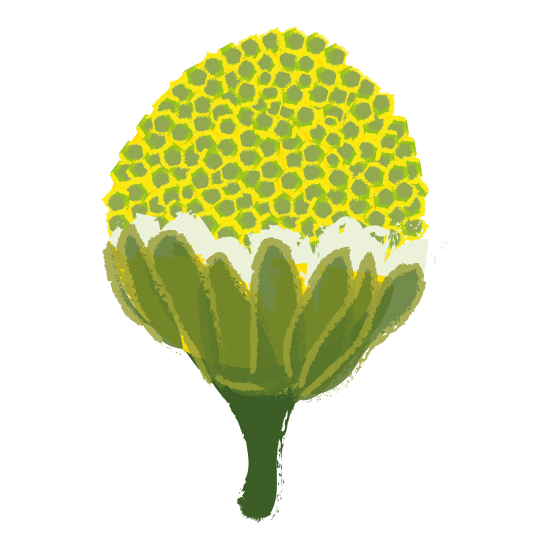
About
Originally from Asia, this plant has spread worldwide. Heady scent of pineapple when crushed. Each head resembles a daisy-like flower but lacking petals. A popular bee plant that grows on wasteground, farm tracks and in paving.
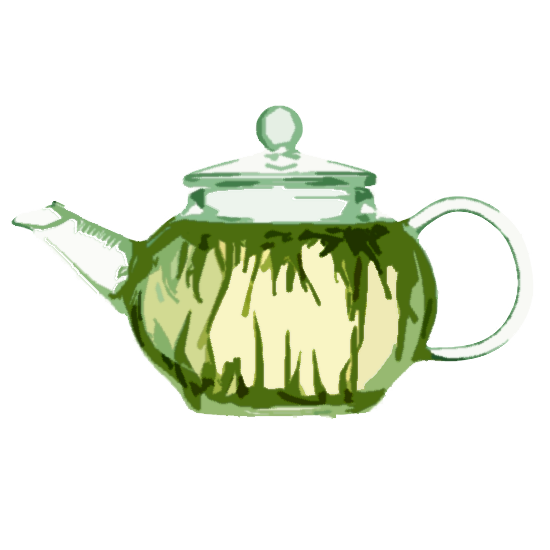
In many cultures, this is enjoyed as a herb tea in a similar way to camomile. PLEASE KNOW WHAT YOU ARE PICKING.
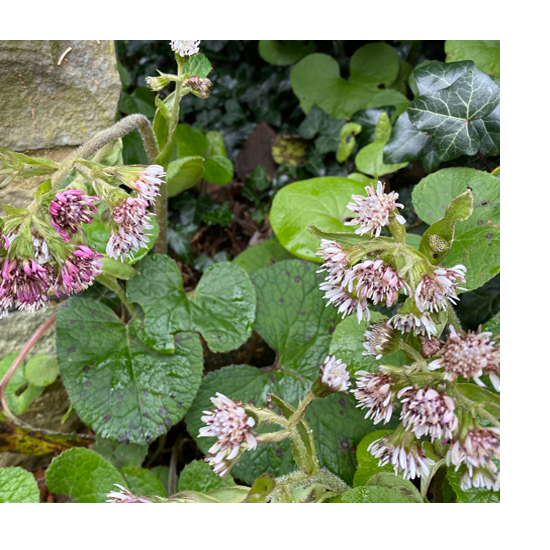
Petasites fragrans
Winter Heliotrope, Sweet Coltsfoot.
Hairy leaves and stems. Plant up to 0.3 metre high.
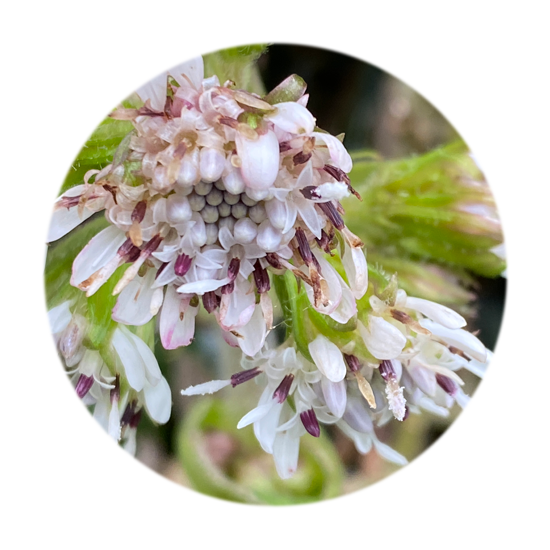
About
From Italy, bought here as a garden plant in the early 1800s, now established in the wild. Spreading roots make it hard to eradicate.
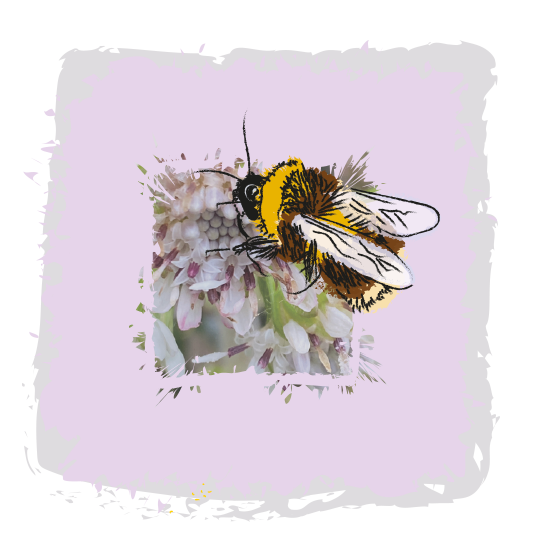
Flowering Nov - March, this almond scented flower provides valuable early nectar. In the UK, all plants are male. This specimen grows beside the lych gate at St. Mary the Virgin, Cuddington.
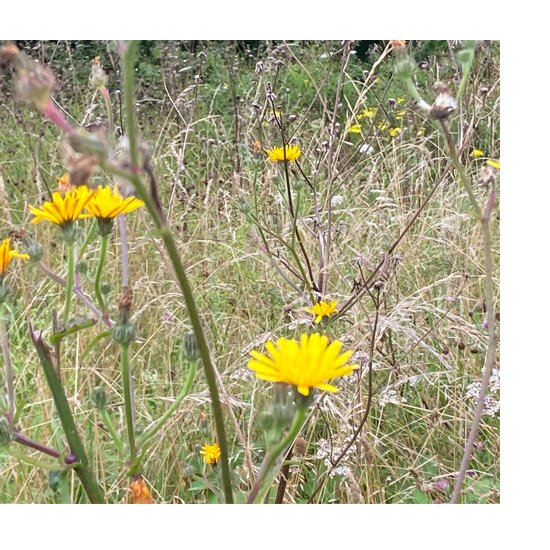
Picris hieracioides
Hawkweed Oxtongue.
Yellow flowers, sparcely hairy stems and wavy, tooth-edged leaves. To 0.8 metre.
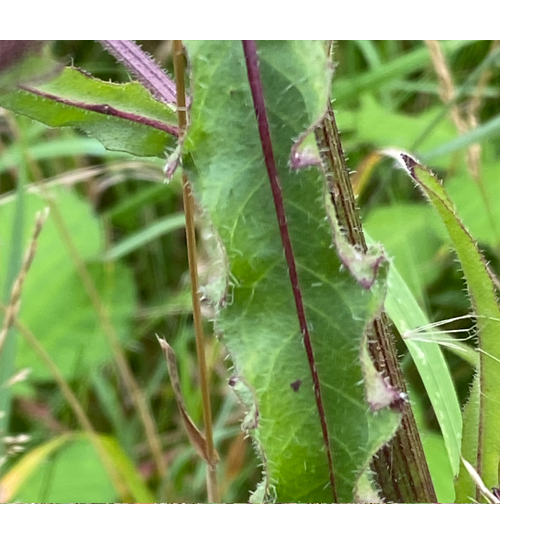
About
A sun-loving plant, popular with insects and birds. Common on railway banks and meadows, preferring chalky soil.
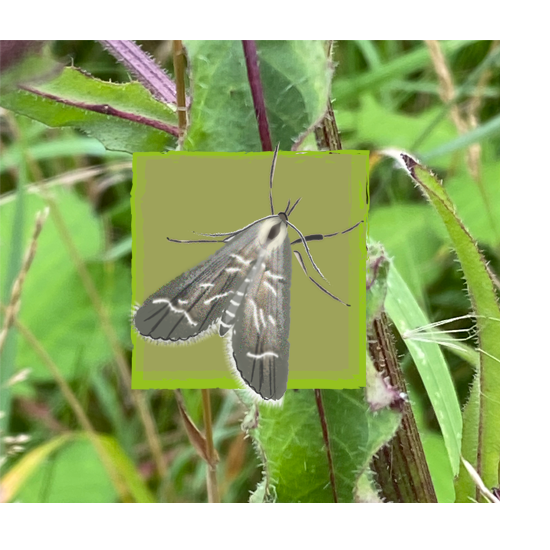
The larval food plant of Diasemia reticularis (described by Linnaeus, 1761), a rather scarce migrant grass moth with a wing span of 22mm.
RETURN TO LIST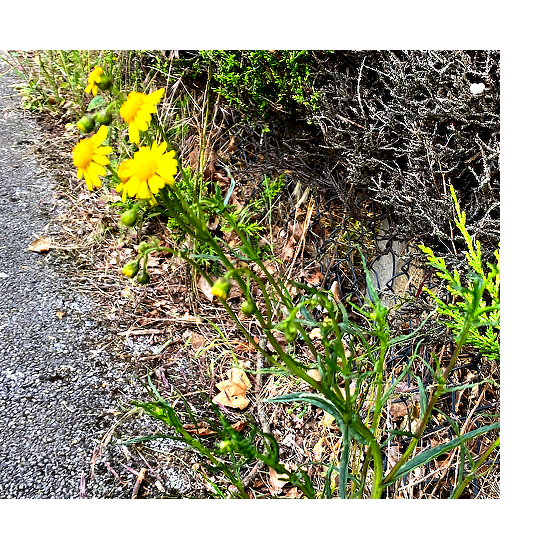
Senecio inaequidens
Narrow Leaved Ragwort.
Narrow leaves and many flowers in one season. Plant up to a metre high.
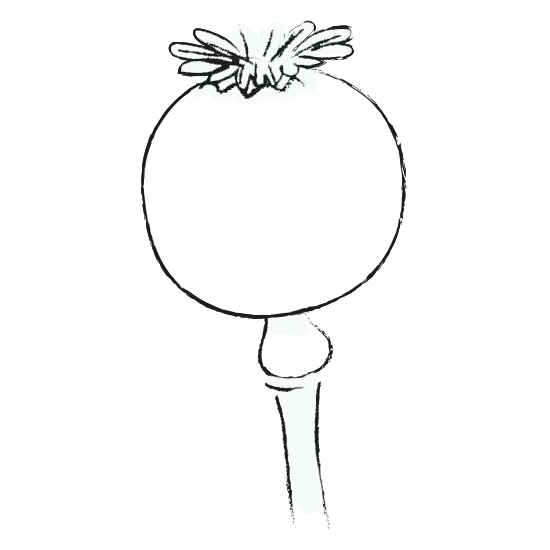
About
From South Africa & a pest plant in many countries. It contains pyrrolizidine alkaloids (opium from poppy seedheads [illustrated, above] is an alkaloid) that are poisonous to mammals. It has been found as far north as Norway; this plant was in Cuddington, Surrey.
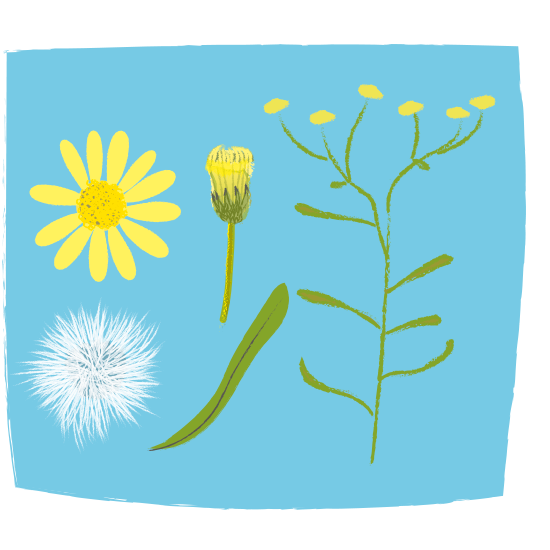
The Ragworts are unpalatable for most living creatures. This one seems completely repellant to aphid and caterpillar. On first glance like common Ragworts but has long, narrow leaves.
RETURN TO LIST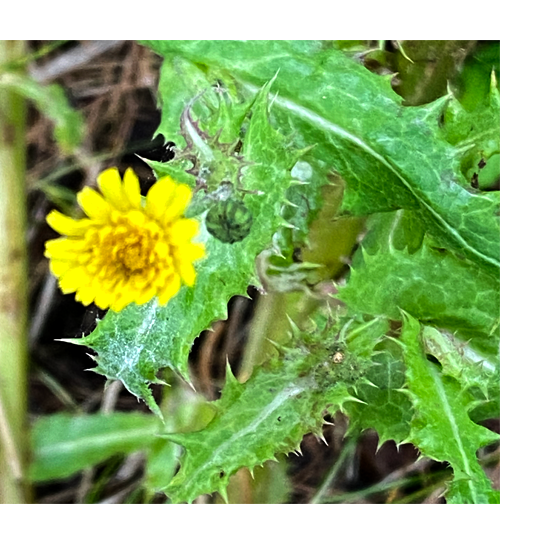
Sonchus asper
Prickly Sow Thistle, Spiny Sow Thistle.
Bright yellow flowers, spiny leaves. White sap that dries a rusty brown. To 0.8 metre.
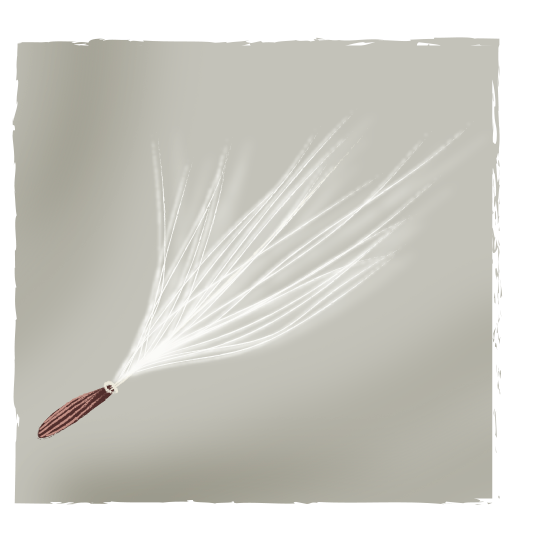
About
Common and regarded as a "pest" weed" of arable farms, roadsides and disturbed wasteground. I found this on the former Warren Farm at Nonsuch. Seeds are ribbed.
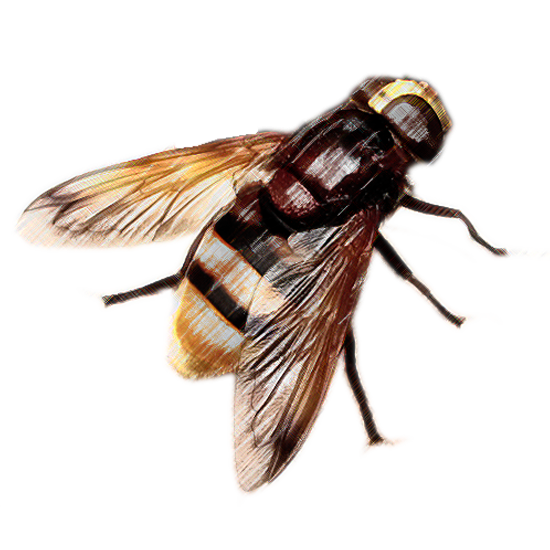
The flowers, appearing from June-October, are loved by hoverfly species. Wild rabbits find the plants a great delicacy and your pet tortoise will enjoy them too.
RETURN TO LISTMore information
SURREY'S WILDFLOWERING PROJECT is a community-led initiative, aiming to build a partnership that enables wildflowering in the county as well as promoting and celebrating the boroughs/districts diverse environments. Do take the time to find out more about the project and if you can get involved, even in a small way, you will make a difference.
 SURREY WILDFLOWERING
SURREY WILDFLOWERING